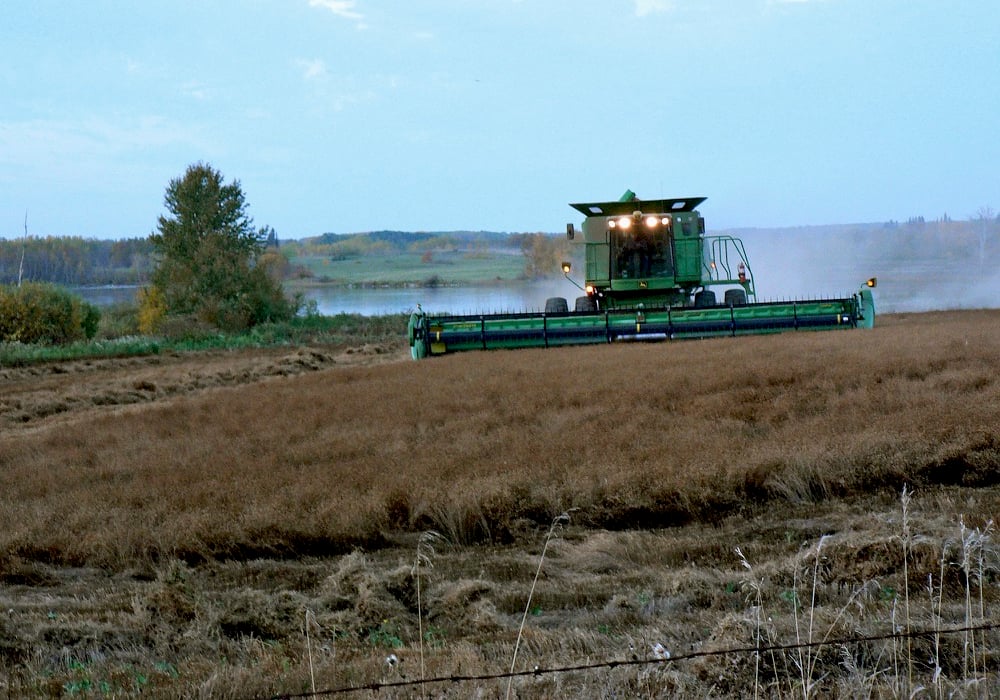Farmers northwest of Brandon will soon be compensated for their efforts to preserve the environment.
The Delta Waterfowl Foundation and other groups will operate an Alternative Land Use Service (ALUS) program in the Little Saskatchewan River Conservation District for three years.
The federal government announced $100,000 in funding in late May to support the ALUS project in Manitoba as part of an effort to reduce the amount of phosphorus and nitrogen entering Lake Winnipeg.
Under ALUS, landowners receive financial compensation for projects that benefit the environment, such as restoring or conserving wetlands, fencing off riparian areas and converting marginal cropland to grasslands.
Read Also

Most of Manitoba harvest wraps up for 2025
Manitoba Agriculture issued its final crop report of 2025, showing the overall provincewide harvest at 97 per cent complete as of Oct. 20. Nearly all major crops have finished combining, with 37 per cent of Manitoba’s sunflowers finished, plus 71 per cent of grain corn and small amounts of soybeans and potatoes left to do.
Keystone Agricultural Producers led the development of the first ALUS pilot project in Canada, which ran in the Rural Municipality of Blanshard in the late 2000s.
ALUS has since spread to other parts of Canada. Four initiatives in Ontario, three Alberta counties in Alberta and several RMs in Saskatchewan are also involved in demonstration projects.
ALUS is a province-wide program in Prince Edward Island.
“We’re super-excited to see it re-started in Manitoba,” said Jim Fisher, Delta Waterfowl director of conservation policy.
Fisher said the organization decided to re-establish ALUS in the Little Saskatchewan River Conservation District, which covers a large portion of the area between Riding Mountain National Park and the Trans-Canada Highway in western Manitoba, because landowners wanted the program back.
“The folks in the RMs within the Little Saskatchewan River Conservation District have been asking for it since its departure.”
Fisher said he will meet with residents of the region in early June to establish priorities for potential conservation projects.
Funds from the W. Garfield Weston Foundation, Environment Canada and other sources will support the ALUS program in Manitoba for three years.
“I would call it a demonstration project with the intention of keeping it going,” Fisher said.
In addition to ALUS, Environment Canada announced funding May 23 for several other projects within the Lake Winnipeg watershed:
• beneficial management practices in the Moose Jaw River watershed
• Phase 1 of an ecological goods and services program in the Turtle Mountain Conservation District in Manitoba
• fencing and alternate watering systems to keep livestock out of creeks in the Upper Assiniboine River Conservation District in Manitoba















